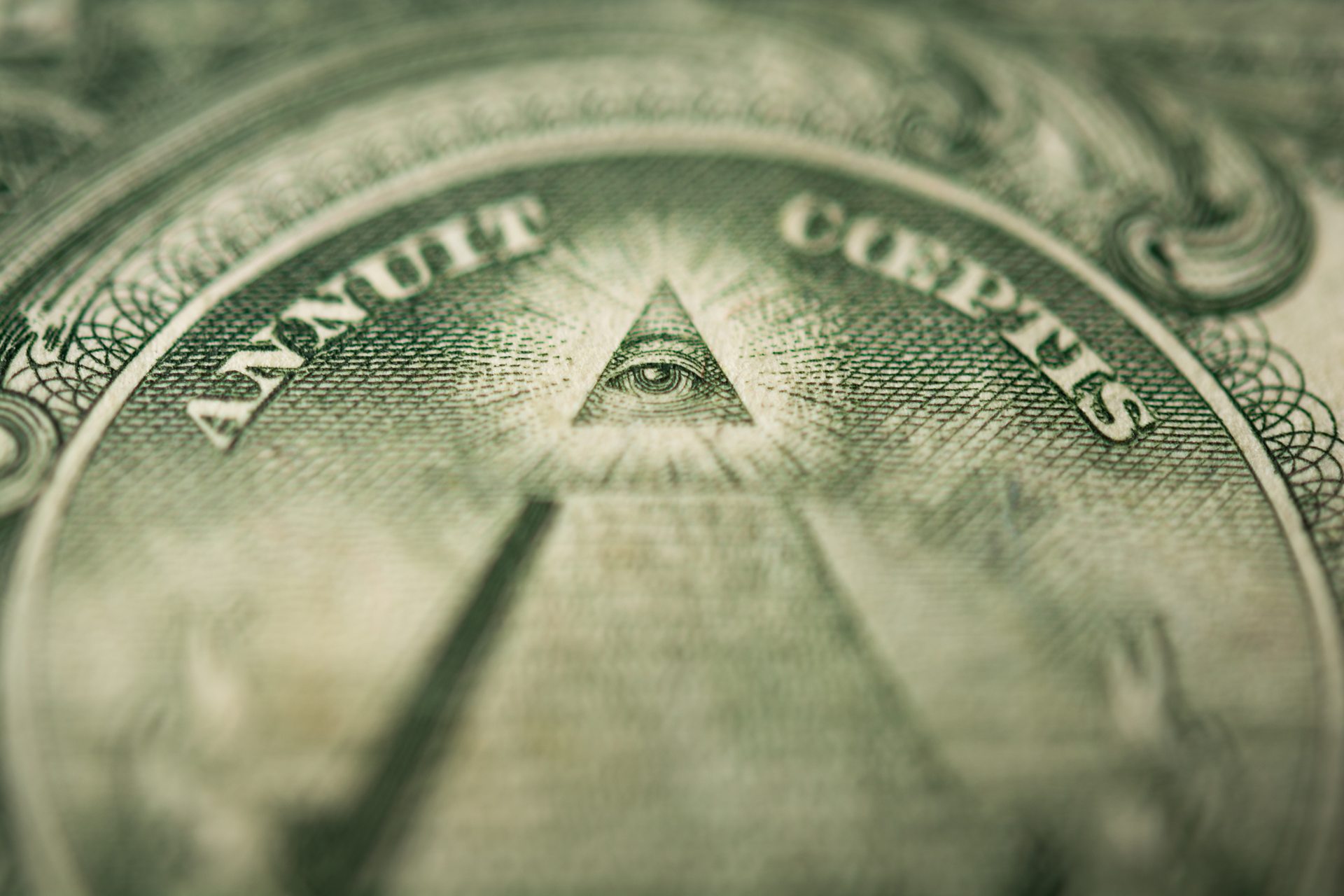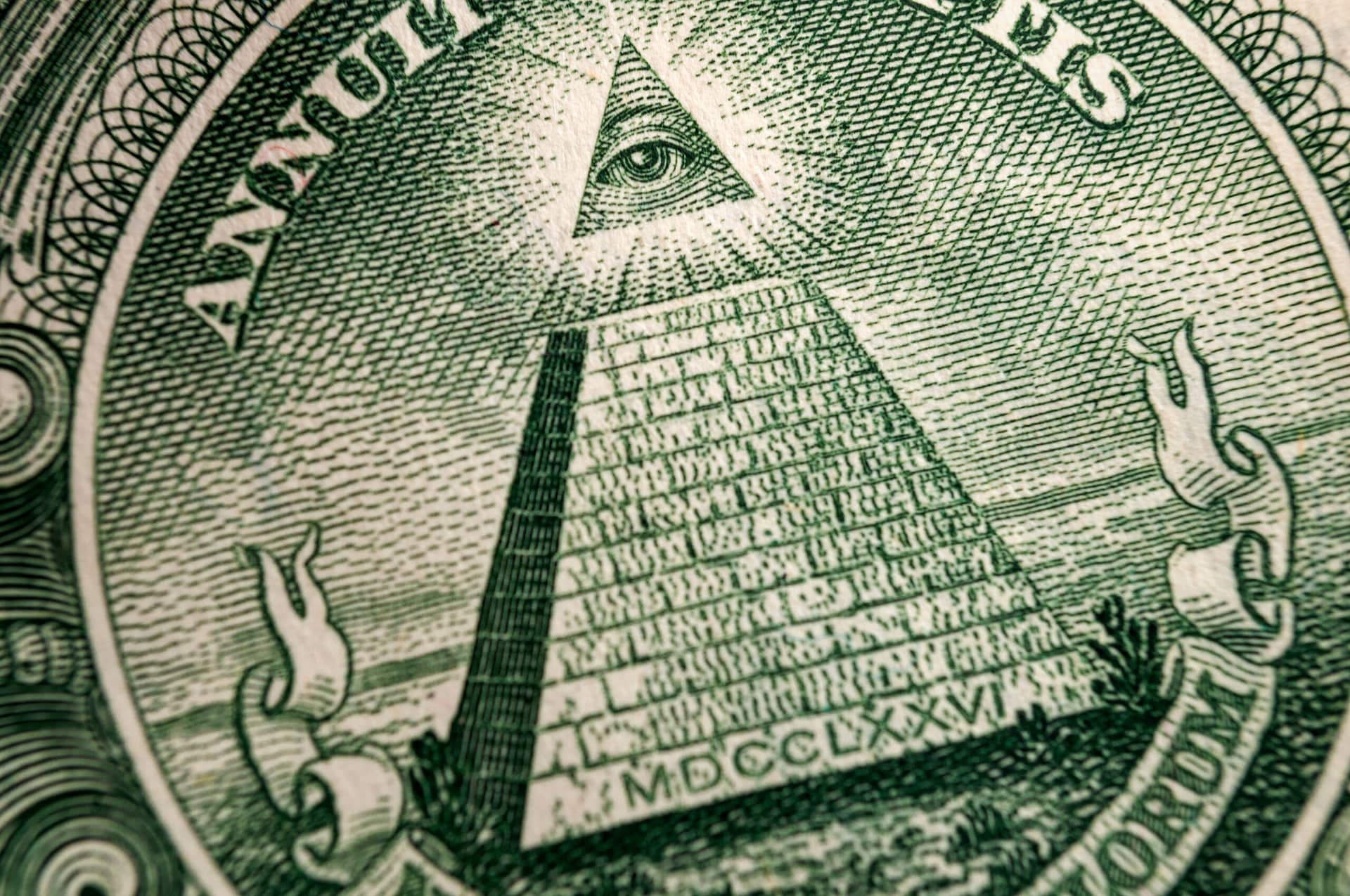Everything You Need to Know About How to Join a Masonic Lodge Easily
Everything You Need to Know About How to Join a Masonic Lodge Easily
Blog Article
Checking Out the Mysteries of the copyright: What You Required to Know
The copyright, a term usually shrouded in intrigue and dispute, represents a complex tapestry of historic truth and modern myth. Developed in the late 18th century, this secret society was initially rooted in the Knowledge's perfects yet has given that come to be associated with conspiracy theory concepts about elite control (benefit of joining freemason).
Beginnings of the copyright
The origins of the copyright are steeped in a mix of historical intrigue and ideological eagerness. Established in 1776 in Ingolstadt, Bavaria, by Adam Weishaupt, the team was initially developed as a secret society aimed at advertising Enlightenment perfects such as reason, secularism, and the separation of church and state. Weishaupt, a teacher of canon law, looked for to test the prevailing authority of the church and state, which he watched as oppressive organizations stifling intellectual and individual freedom.

Key Numbers and Members
Who were the pivotal figures that formed the copyright's early impact and direction? The Bavarian copyright, established in 1776 by Adam Weishaupt, arised as an action to the oppressive societal frameworks of the moment. Weishaupt, a regulation professor, imagined the company as a way to advertise Knowledge ideals such as factor, secularism, and equal rights. His initial recruitment initiatives consisted of influential intellectuals, such as Baron von Knigge, that played an essential function in increasing the team's membership and organizational framework.
An additional significant figure was Johann Gottlieb Fichte, a famous thinker whose concepts on nationalism and education and learning reverberated with the copyright's goals. Fichte was not an official participant, his thoughtful underpinnings influenced the group's ideology. Additionally, figures like the writer and philosopher Johann Wolfgang von Goethe were associated with the broader intellectual movements of the time, although their direct involvement with the copyright remains debated.
These key figures added to the copyright's very early instructions, pressing the limits of political and social thought, while their collective efforts aimed to test well-known standards and cultivate an environment of modern change in Europe.
Misconceptions vs. Fact
Several false impressions surround the copyright, frequently mixing truth with fiction in a way that covers its true nature. The notion that the copyright proceeds to exert significant influence over globe events is a misconception.
One more prevalent misconception is that the copyright comprises a network of elite people controling international affairs. In reality, lots of conspiracy concepts exaggerate the team's importance, connecting unfounded objectives to More Help societal fads and events. This has actually led to an oversimplified sight of complex problems.
In addition, the portrayal of the copyright in pop culture typically more distorts its heritage. Films and literature often tend to sensationalize the organization's function, developing a narrative that splits from historic facts. Comprehending the distinction between the myths and the fact of the copyright is crucial for discerning the real impact of this historical group and identifying the broader ramifications of conspiracy theory concepts in contemporary society.
Modern Interpretations
Contemporary analyses of the copyright often reflect wider social anxiousness and a fascination with secrecy and power. This modern lens often links the copyright with conspiracy theory concepts that recommend a hidden elite manages globe occasions, manipulating federal governments and economic situations for their own gain. benefit of joining freemason. Such stories take advantage of a deep-seated wonder about of authority, particularly in times of crisis or social upheaval
In prominent culture, the copyright is commonly shown as an omnipotent organization shrouded in mystery, leading to a huge selection of imaginary representations in literature, film, and music. This portrayal serves not only to look these up entertain but also to provoke considered the nature of power and control in contemporary society. Social media site has actually better intensified these analyses, permitting for fast dissemination of conspiracy theories and developing areas that share and broaden upon these ideas.
Furthermore, some modern analyses mount the copyright as a metaphor for the complexities of globalization and the interconnectedness of influential people and companies. This point of view encourages a crucial examination of just how power dynamics operate in today's globe, highlighting the balance between openness and secrecy in governance and company methods.
Cultural Influence and Tradition
Influenced by centuries of intrigue, the cultural influence and tradition of the copyright extend much beyond its historic beginnings. This secret culture, developed in the late 18th century, has penetrated different facets of pop culture, from literary works and film to songs and art. The idea of the copyright has progressed into an icon of conspiracy concepts, commonly representing a regarded covert power adjusting worldwide occasions.
In literature, writers like Dan Brown have woven the copyright right into intricate stories, captivating join copyright visitors with themes of secrecy and power. Movies such as "National Treasure" and "The Da Vinci Code" additionally perpetuate the appeal of the culture, blending truth with fiction to develop appealing stories.

Eventually, the copyright's legacy is a complex tapestry of misconception and reality, forming understandings of secrecy and control in modern discourse. Its long-lasting existence in society highlights humanity's seasonal quest for recognizing concealed truths.
Final Thought
The exploration of the copyright exposes a complex interaction between historical realities and contemporary myth-making. Founded in the Enlightenment period, this society intended to challenge overbearing frameworks, yet its tradition has actually been overshadowed by conspiracy theory theories that recommend elite adjustment. Comprehending the differences between the original perfects and modern interpretations is important for understanding the sustaining fascination with the copyright and its substantial impact on cultural stories bordering power and secrecy in society.
Report this page